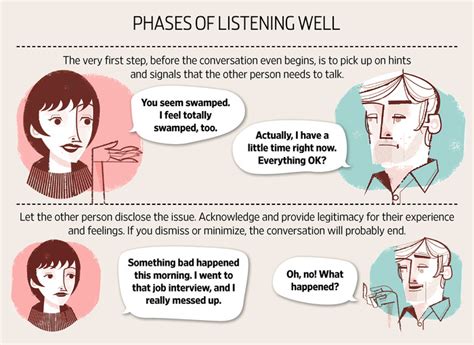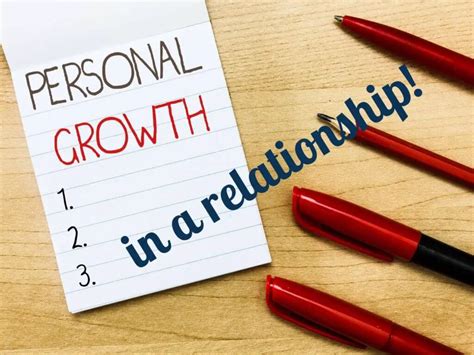In any meaningful relationship, expressing your needs is crucial for fostering intimacy, understanding, and mutual respect. However, the way these needs are communicated often determines whether they are met with empathy or defensiveness. All too often, attempts to communicate needs devolve into nagging, criticism, or blame, leaving both parties feeling frustrated and unheard.
The Pitfalls of Nagging and Blame
When we feel unheard or unsupported, it’s natural to become frustrated. This frustration can manifest as nagging – repetitive complaints about an issue – or blame, which focuses on the other person’s perceived shortcomings. While these approaches might temporarily relieve our own tension, they rarely lead to a constructive resolution. Instead, they erode trust, create resentment, and push the other person away.
Nagging often signals a lack of trust in the other person’s ability or willingness to act, while blame immediately puts them on the defensive. Neither creates an environment where needs can be genuinely heard and addressed. The goal isn’t to make someone feel bad, but to clearly articulate what you need so that both individuals can work towards a solution.

Shift Your Perspective: Focus on Needs, Not Fault
The first step towards expressing needs effectively is to shift your mindset from a focus on what the other person is doing wrong to what you are feeling and needing. This internal shift is paramount. Instead of thinking, “They never help around the house,” try to identify the underlying feeling: “I feel overwhelmed by the housework and need more support.”
Taking ownership of your feelings and needs empowers you. It moves the conversation from an attack on their character or behavior to an open invitation for them to understand and meet your needs. This perspective change allows you to approach the conversation with vulnerability and a desire for connection, rather than confrontation.
The Power of “I” Statements
“I” statements are the cornerstone of non-blaming communication. They allow you to express your feelings and needs without making the other person feel attacked. The basic structure of an effective “I” statement often follows this pattern:
- I feel [emotion]
- when [specific, observable behavior]
- because [impact or underlying need]
- and I would like/need [clear, actionable request].

Step-by-Step “I” Statement Construction
1. Start with “I Feel…”
Express your emotion clearly and calmly. Avoid phrases like “You make me feel…” which still place blame. Focus on your genuine feeling. Examples: “I feel frustrated,” “I feel lonely,” “I feel overwhelmed,” “I feel unheard.”
2. Describe the Specific Behavior
State the specific, observable behavior that triggers your feeling, without interpretation or judgment. Instead of “When you’re always late…” try “When you arrive 30 minutes after we agreed to meet…” or “When the dishes are left in the sink after dinner…”
3. Explain the Impact or Underlying Need
Connect the behavior to your internal experience or unmet need. “…because I then feel rushed and unprepared for our plans,” or “…because I feel like my contributions to the household aren’t recognized.” This part helps the other person understand the ‘why’ behind your feeling.
4. Make a Clear, Actionable Request
Clearly state what you need or what action you would like them to take. Be specific and positive. Instead of “Stop being so messy,” try “I would appreciate it if you could rinse your dishes and place them in the dishwasher after use.” Or, “I need us to discuss our schedule and agree on a consistent time for you to be home.”
Timing, Tone, and Setting the Stage
Even the most perfectly crafted “I” statement can fall flat if delivered at the wrong time or with an aggressive tone. Choose a moment when both you and the other person are calm, not stressed, tired, or in a hurry. A quiet, private setting where you won’t be interrupted is ideal.
Approach the conversation with a gentle, open, and sincere tone. Your body language should convey a desire for connection and understanding, not confrontation. Remember, you’re seeking collaboration, not compliance.

Beyond Expressing: Listening and Collaborating
Communication is a two-way street. After you express your needs, it’s crucial to actively listen to their response. They may have their own feelings and needs that are contributing to the situation. Be open to hearing their perspective without interrupting or formulating your defense.
The goal is to find a mutually agreeable solution, not to win an argument. This might involve compromise or a creative approach you hadn’t considered. Healthy communication isn’t just about getting your way; it’s about fostering mutual understanding and respect, which strengthens the relationship over time.

Conclusion: Building Stronger Connections
Learning to express your needs without nagging or blame is a transformative skill for any relationship. It shifts interactions from conflict and defensiveness to understanding and cooperation. By focusing on your feelings, using clear “I” statements, choosing appropriate timing and tone, and engaging in active listening, you pave the way for deeper connection and ensure that your needs are not just heard, but genuinely considered and met. This approach fosters a cycle of positive communication, where both individuals feel valued, understood, and eager to contribute to a thriving partnership.





